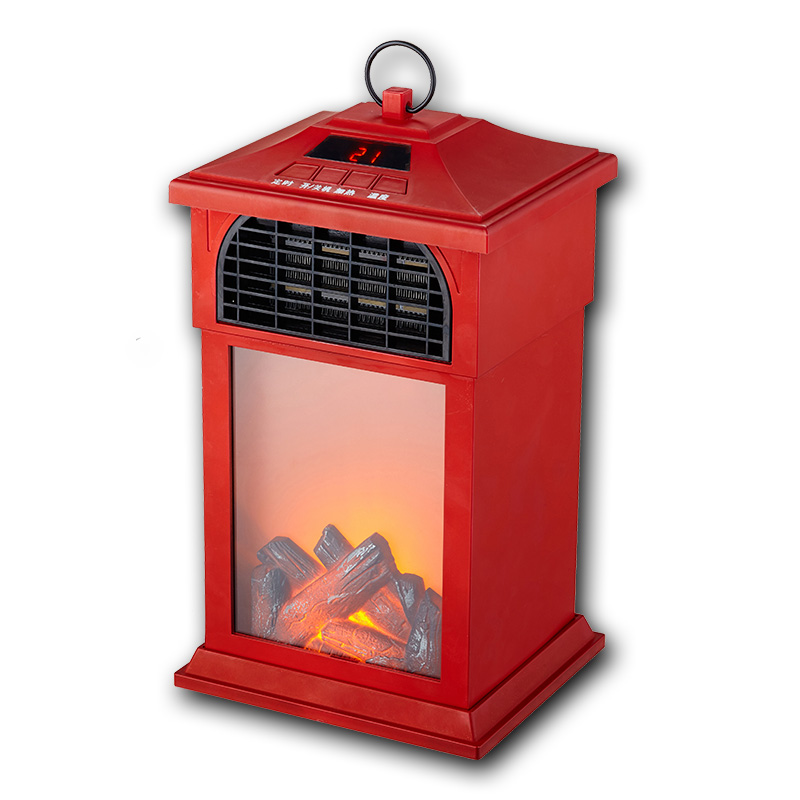If you have a gas or wood fireplace, you may have to vent it to the outside.
An electric fireplace, however, does not need to be vented. The heat it generates inside the device is distributed throughout the room by a fan. There are no emissions or fires, which makes it an ideal choice for homes with smoke and fire regulations. However, you should still clear the venting if you use the heat function.
An electric fireplace may require a vent or a chimney if it is not vented properly. If you are concerned about this, you should check the manufacturer's guidelines before buying one. Many new models of fireplaces today have ventless models. However, you can purchase ventless models, which can be vented without a vent. You should also read the warranty carefully before purchasing your electric fireplace, as some models come with a limited warranty.
A traditional fireplace requires venting, and while this can be an issue, electric fireplaces are an alternative. The absence of emissions means that they don't create any air pollution or carbon monoxide. They don't produce any harmful byproducts, either. Electric fireplaces produce heat through coils that are heated by an electric current. You don't need to worry about venting an electric fireplace if you have a gas fireplace or wood burning fireplace in your home.
While an electric fireplace is safer for children and pets than a wood burning fireplace, you should still keep flammable items away from it. Even if an electric fireplace doesn't generate as much heat as a wood-burning fireplace, it can be dangerous if there isn't enough room for it. A gas or wood-burning fireplace needs at least 3 feet of clearance. In fact, electric fireplaces shouldn't be installed in rooms with combustible materials.
Traditional wood-burning fireplaces need to be vented. This is because burning fuel releases dangerous byproducts into the air. Carbon monoxide, for example, can be lethal if inhaled in large quantities. It can also be hazardous for your appliances and walls. The same goes for gas fireplaces. Both gas fireplaces and electric fireplaces produce heat, which is a potential fire hazard.
Considering the fact that you don't need to vent an electric fireplace, it's important to take into account the room where you want to place it. You can place an electric fireplace in almost any room, but you should keep in mind the areas that will receive most use. If the electric fireplace is going to be placed in a small room, you should choose a wall-mounted model. Wall-mounted units don't protrude into the room, but you should make sure it's away from anything that could block its outlet or inlet.
Another thing to consider is the cost. While electric fireplaces are much cheaper than gas fireplaces, they are not free of operating costs. You'll have to decide which is better for you depending on the cost of natural gas and electricity in your area. However, it's still important to have a carbon monoxide alarm in your home. If you don't want to be forced to replace the fireplace, you might want to consider an electric fireplace instead.






